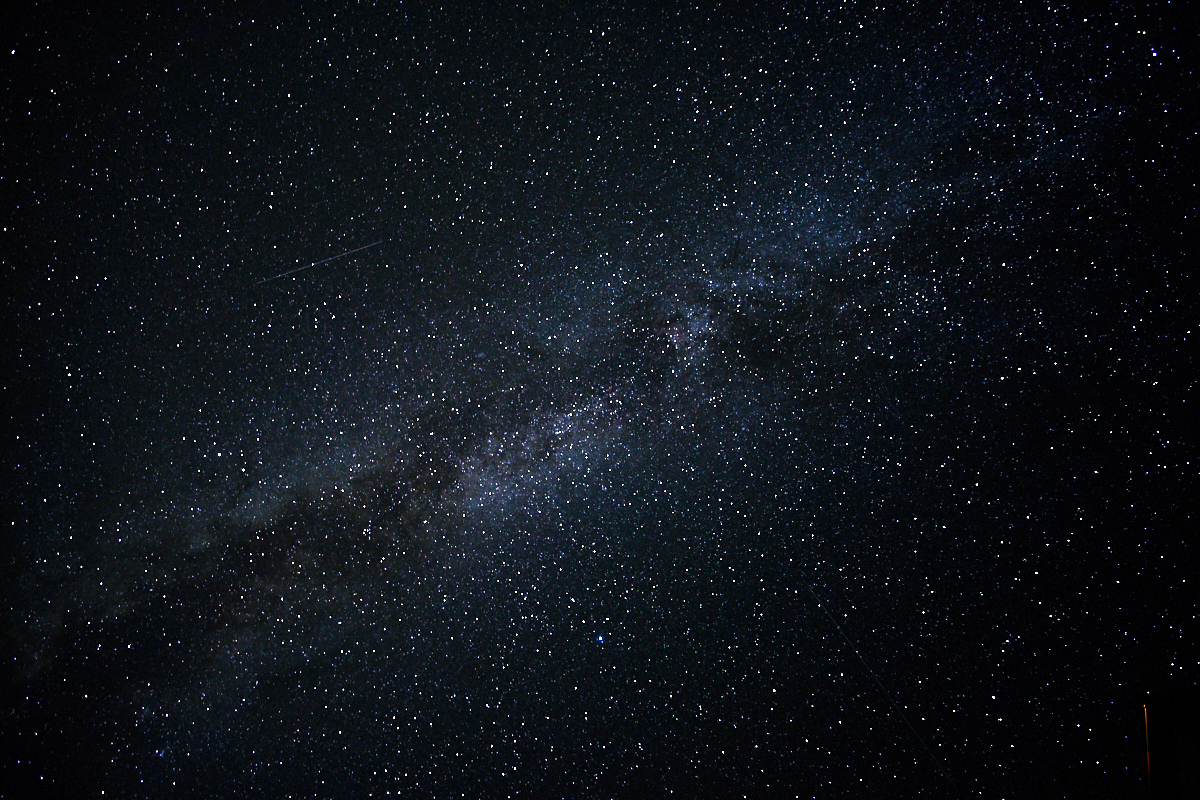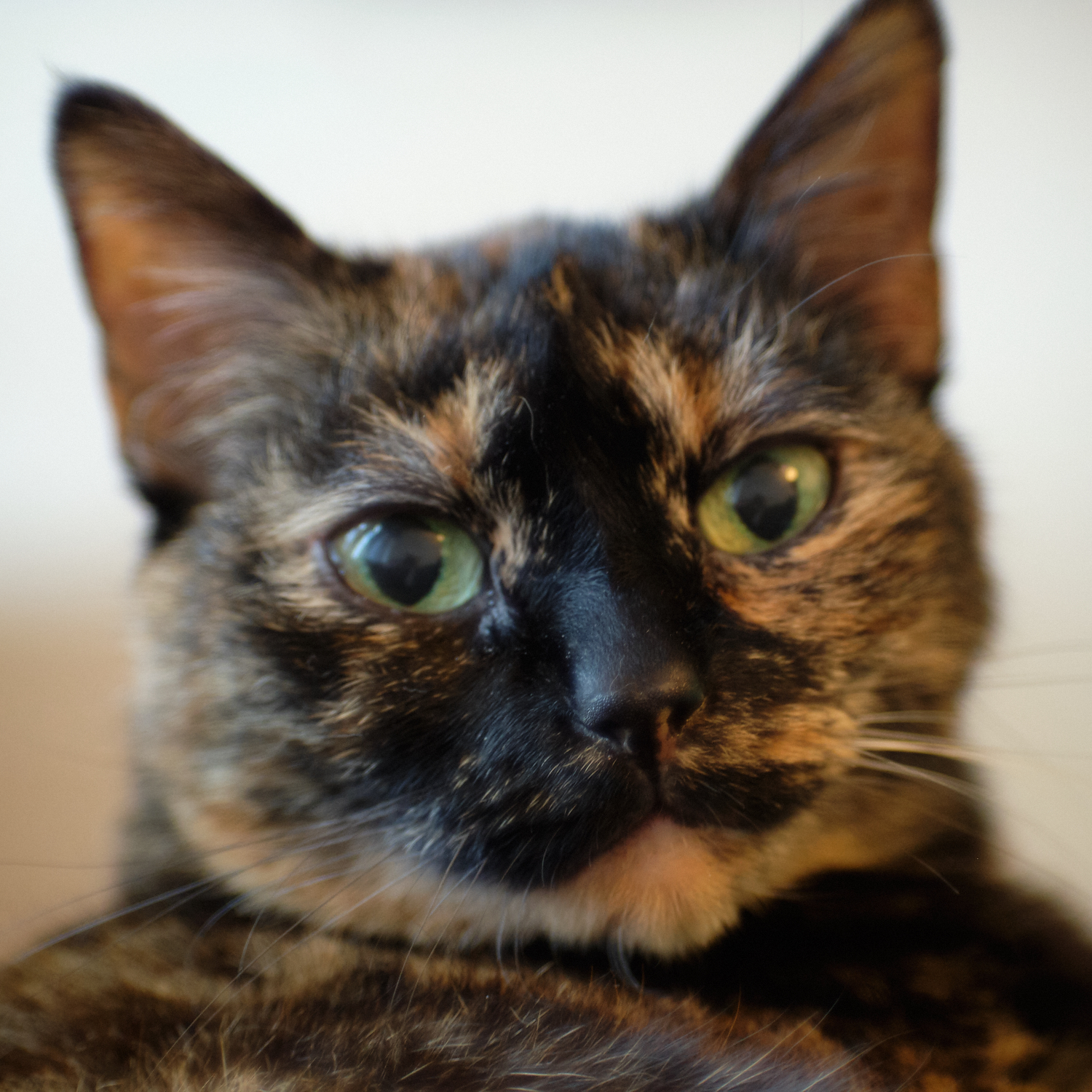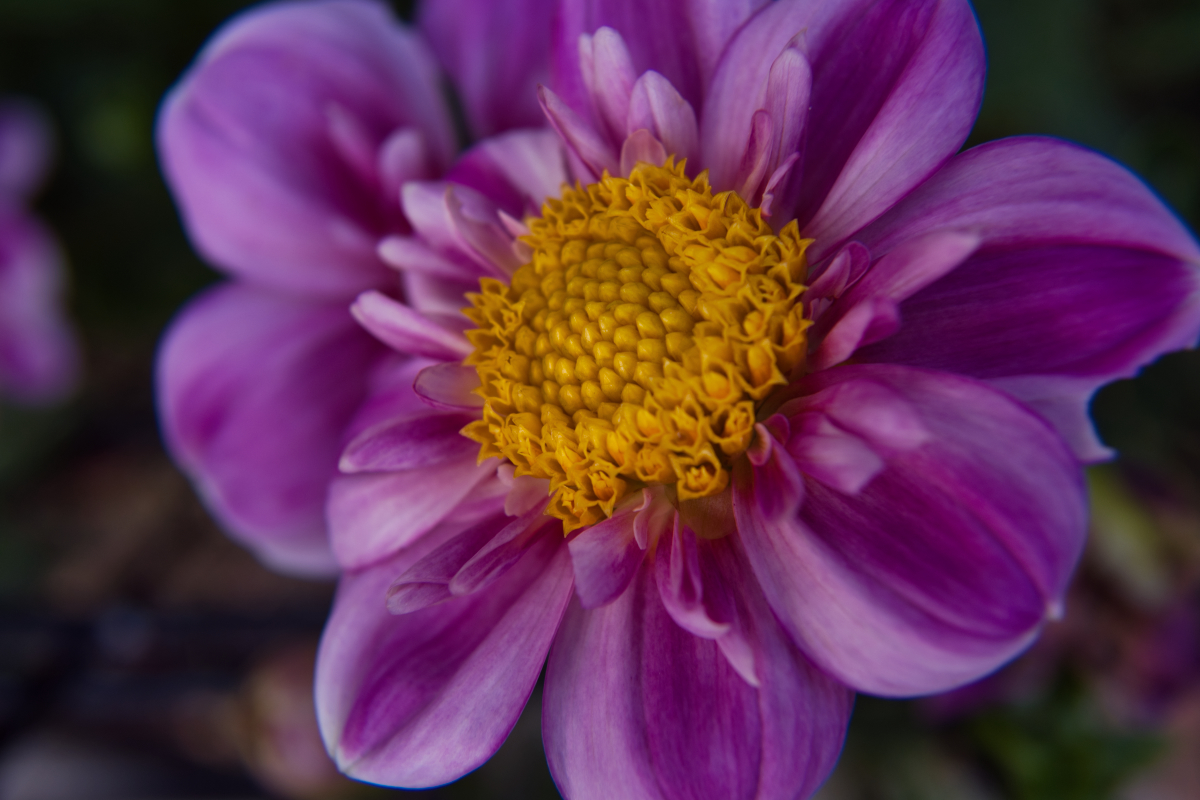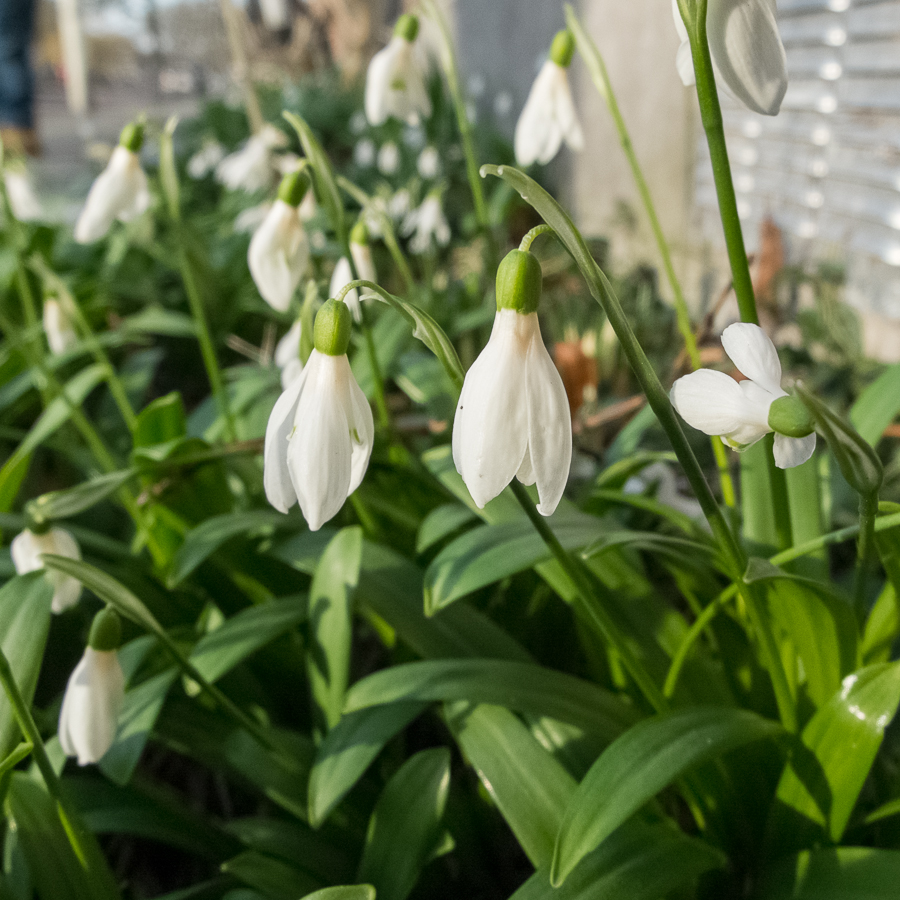Ever since Lightroom 2, I have been using Lightroom to post-process my photographs. Through the years, I have learnt a lot about the processes and options in Lightroom, so processing my RAW files has become almost second nature. I’ve got Lightroom 6 at the moment, the last version before Adobe launched its subscription model. And that subscription model is one of the reasons why I have started to look around to see if there’s an alternative. I don’t want to pay a monthly fee.
Another reason to switch is the poor Lightroom support for Fujifilm RAF files. Photos don’t pop, and even if you follow some recommendations (low sharpening, high detail, slightly higher radius) for sharpening, the photos feel slightly blurry when compared to the JPGs that other tools like X-Transformer (Fuji’s tool) or Iridient produce. Especially when photographing nature (grass and leaves are hardly every crisp).
When I looked around to see what else is there, I found out that most raw development tools don’t offer the DAM (digital asset management) capabilities that Lightroom does. That’s a slight bummer, but it’s not a deal breaker. Multiple raw development tools are available as plugins for Lightroom, which sounds interesting, but the editing is then done on a TIFF file, which takes up more disk space.
I read about the different options, and obviously, Capture One was recommended by many photographers. However, it also has a subscription model, and is more expensive than Lightroom. Then I found PhotoNinja, which is from the same company as the old and well-known NoiseNinja. I tried it and liked it for the Fuji files! Much sharper, and a nice basic interpretation of the colours (a bit more contrast and oomph than in Lightroom). But PhotoNinja did not have the detailed editing tools that I was used to in Lightroom (brushes, repair options, and the likes). It was a bit limited, still, but a good candidate for quick edits.
Then I discovered Luminar 2018. Luminar is made by Skylum (they also make Aurora HDR), and it looks like a rather complete package… except for DAM-functionality. But wait, they are promising to add that this year as a free upgrade! They were also having a great sale a few weeks ago. So I budged and decided to go for it.
Luminar looks a bit like Lightroom, but instead of the file tree and photo roll, there is a row of presets. You can also apply filters to your photograph (they are stacked on top of each other), and create extra layers to further refine your effects. It’s a very powerful set of tools, but it takes some getting used to. I keep looking for a tool that just lets me edit the saturation and luminance of a single colour, for example. But Luminar offers many interesting options to process your image the way you want to. I watched a tutorial series by Anthony Morganti on YouTube to get me started.
And you know what, despite the slight discomfort because of the lack of DAM and the different way of thinking about photos, I’m having fun! I feel as if there’s still a lot to discover, and I’m stepping out of my comfort zone a bit. I usually like realistic looking photographs, but I’m starting to see that changing them, with respect, can convey a mood or a meaning better sometimes.
Of course, black and white is a good example of that. It brings out the contrast more, and it puts the focus on shapes without the distraction of colour.
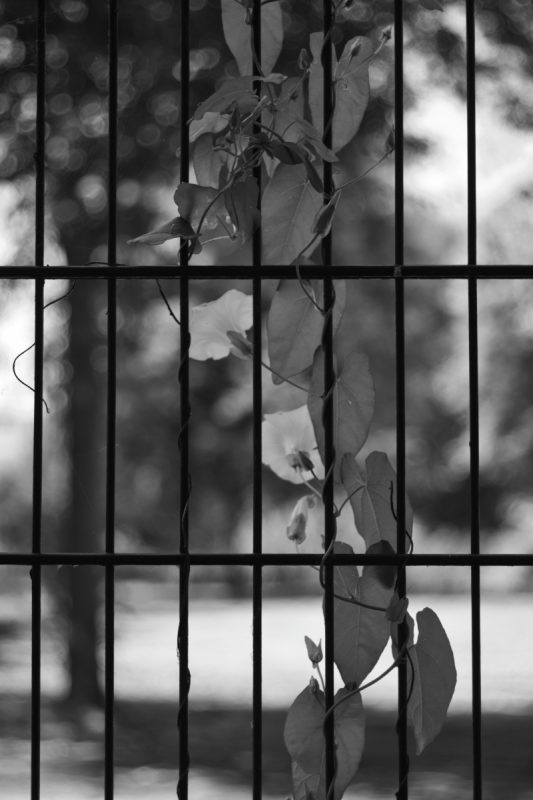
Panagor PMC Auto Macro 55mm f/2.8
But if you focus on changing one or more colours, or the whole spectrum of a photo, it also conveys a message. The picture may become more harmonious, or your subject may stand out more. The atmosphere that you experience at first glance may change completely.
To finish off this long technical story, I will add some visuals from my playing with Luminar 2018, and let the photos speak for themselves. I’m still mainly taking photographs using vintage lenses. Enjoy!
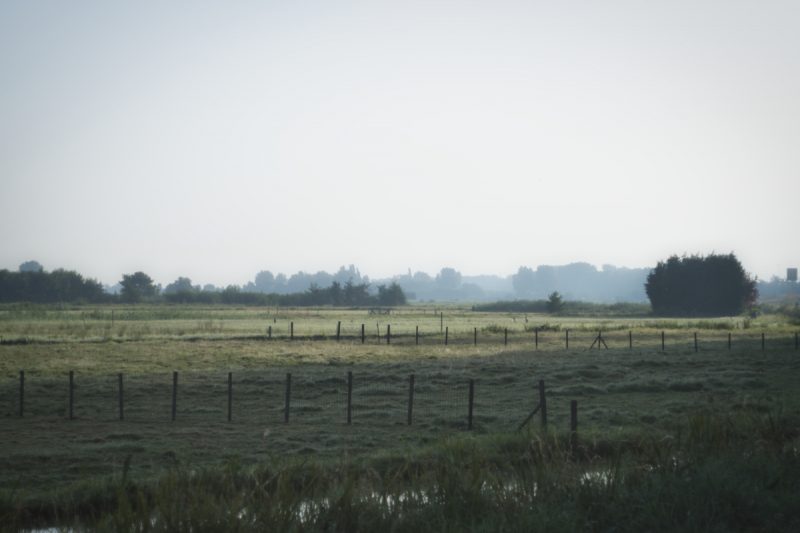
Panagor PMC Auto Macro 55mm f/2.8
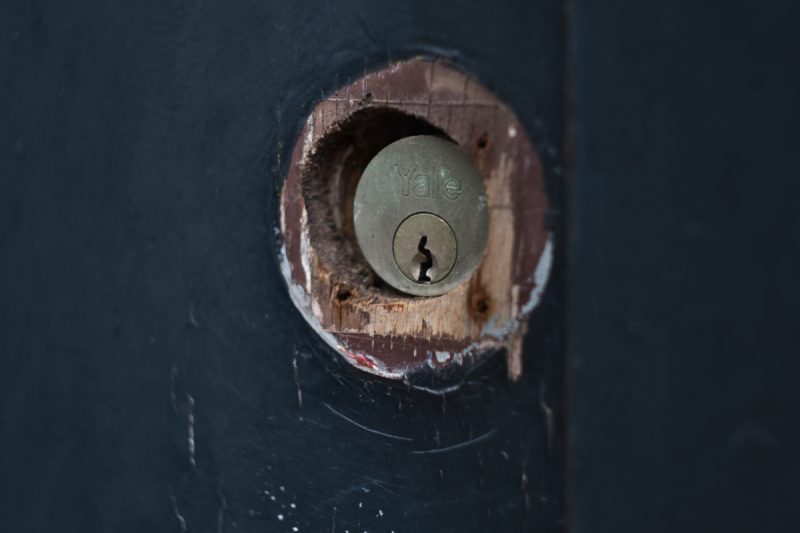
Helios 44M-3 58mm f/2
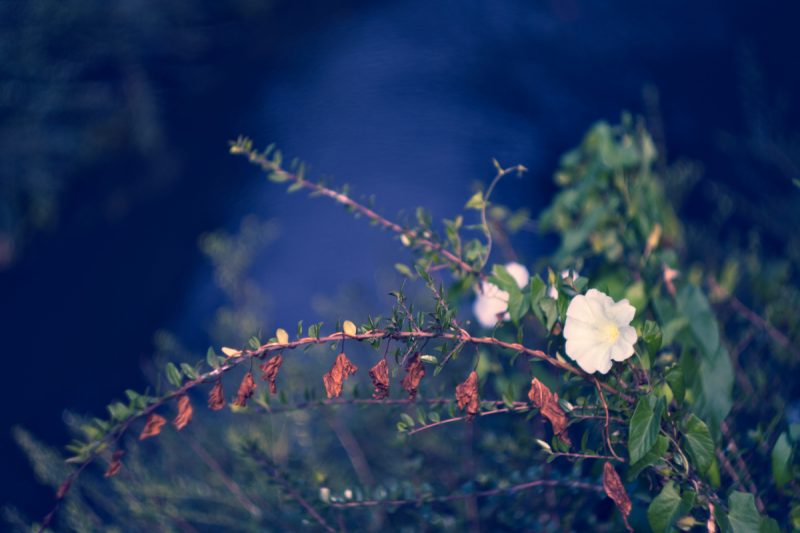
Helios 44M-3 58mm f/2
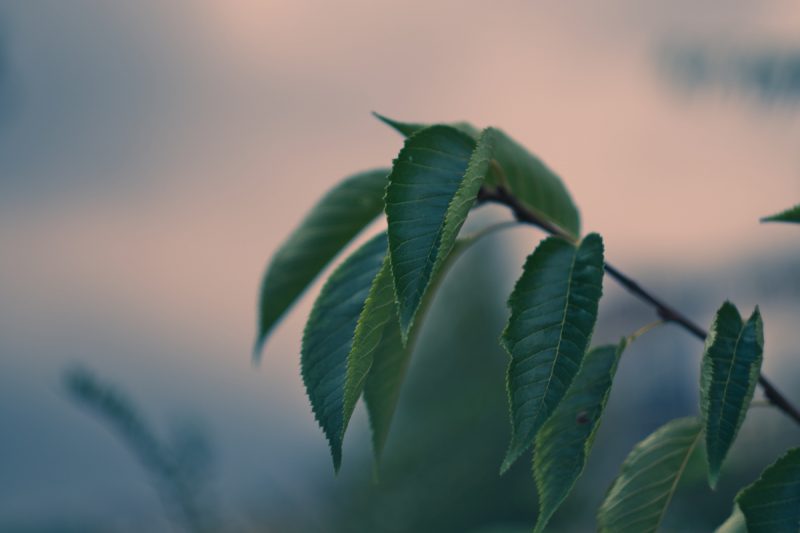
Helios 44M-3 58mm f/2
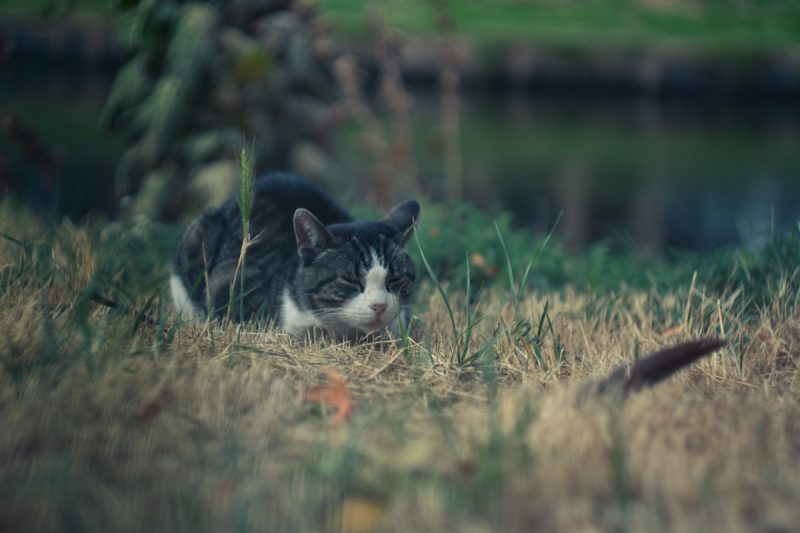
Helios 44M-3 58mm f/2
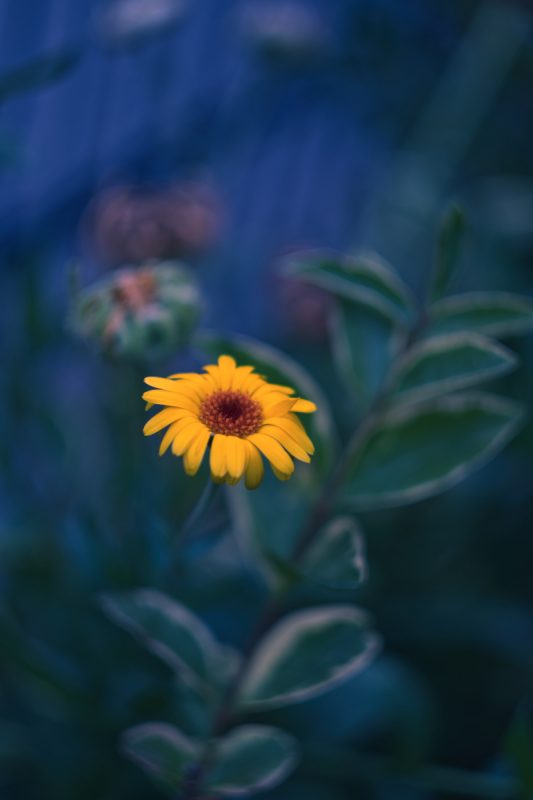
Helios 44M-3 58mm f/2
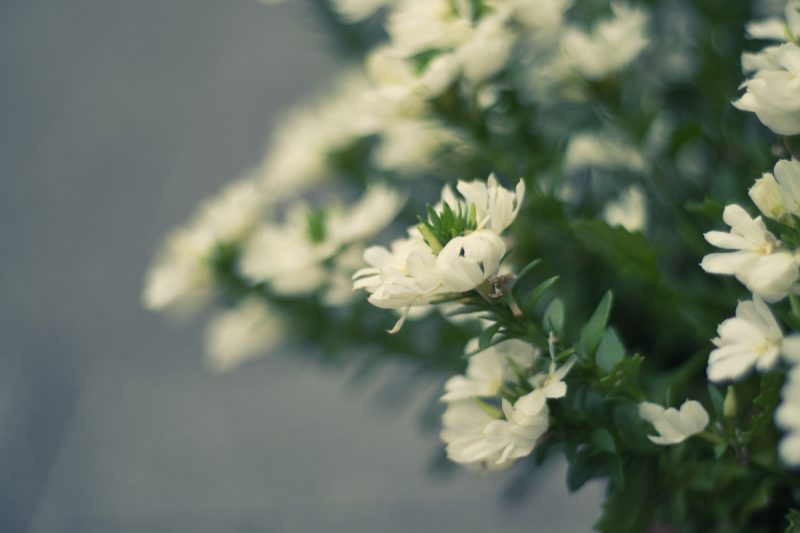
Yashinon 50mm f/1.7
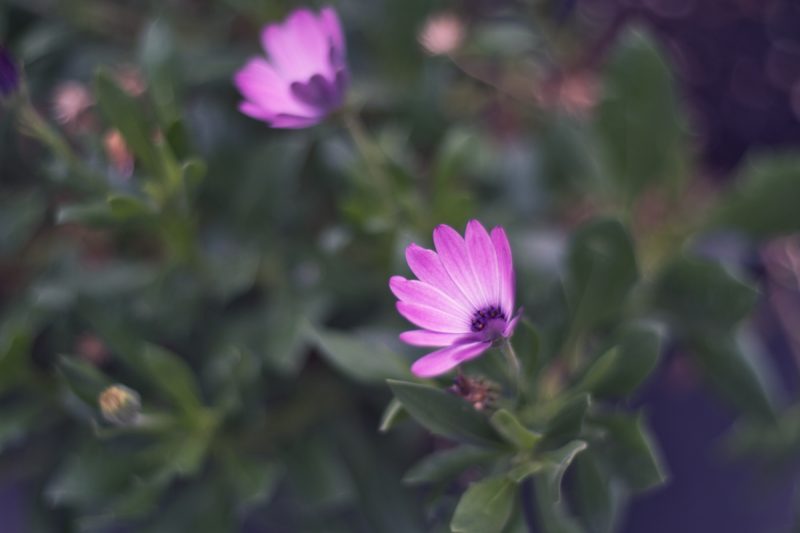
Yashinon 50mm f/1.7
Which raw development tool do you use, and why? I’d love to hear your thoughts!
